Montmartre's old hangouts: Le Rat Mort
If the walls could talk, they would have a lot to say
***First, I want to welcome new subscribers, of which there are many! And to those who’ve been with me all this time: THANK YOU. Please enjoy!***
I recently discovered some old Montmartre hangouts in doing my research of old French menus. The period I’m particularly interested in is the mid- to late-19th century. This was a time when artists, philosophers, writers, and photographers would gather and talk about…
Well, what did they talk about?
Ah! But here is where I found something really interesting. I discovered a book that was printed in 1874 called Les Cafés Politiques et Littéraires de Paris, written by a man named Auguste LePage.
In the book, LePage describes a number of cafes and restaurants where the crème de la crème of intellectual and creative society would meet. Some of the more popular places were in the Montmartre area of Paris, specifically in Pigalle.
Today I will focus on a cafe/restaurant/cabaret that lived something like a cat’s nine lives. It’s called Le Rat Mort, or The Dead Rat.
This story really begins with another café, Café de la Nouvelle Athènes, which was located at 9 place Pigalle. It was described as a haunt for ‘men of letters’ who would philosophize and discuss the Hot Topics (les topiques chaudes?) of the day.
Around the time LePage published his book, the Impressionist painters loved the Nouvelle Athènes so much, it became the inspiration for some well-known tableaux, like Edgar Degas’ L’Absinthe (pictured below). Meanwhile, the composer Erik Satie of Gymnopadie and Gnossiennes fame would play the piano there on occasion. Imagine hearing live music from a renowned French composer!
However, one day, a regular patron at the Nouvelle Athènes got into a fight with the owner. So, he got up and left, taking his friends with him. According to LePage’s book, the men were Alfred Delvau, Jules-Antoine Castagnary, and Alphonse Duchesne. I looked them all up and discovered that:
Delvau was a journalist and writer, son of a tanner who grew up in the 5th arrondissement of Paris. One of his more celebrated works had to do with the use of slang in the French language.
Castagnary was also a journalist and art critic who had an appreciation of the early Impressionists.
Duchesne was a journalist, poet and writer. He worked on many journals in the 19th century and wrote a number of works, including one on hair styles and beards!
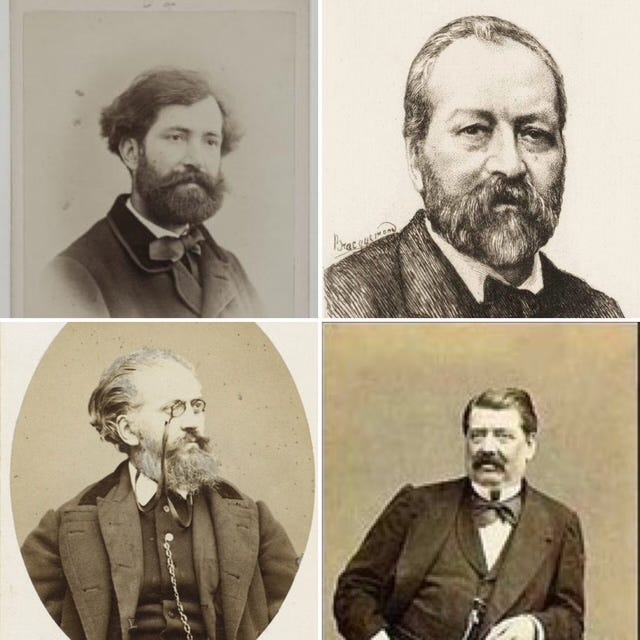
When they left the Nouvelle Athènes in a huff, they didn’t have to go very far to find another cafe. They crossed the street and went into Café Pigalle, located at 7 place Pigalle.
According to the book, here’s what happened when they went into Café Pigalle, which had just been newly renovated at the time:
The paint on the walls was still fresh, the [wall] plaster still wet, and the smell of the room on the first floor was so unpleasant that one of the new customers said, ‘there’s a dead rat here’.
-from Les Cafés Politiques et Littéraires
That’s how Café Pigalle was christened Le Rat Mort — The Dead Rat — or so the legend goes. (There were other myths around the naming of the cafe, including that someone spotted a rat on one of the beer taps, but we’ll never really know the truth.)
Le Rat Mort became very well known among the writing and intellectual community of Montmartre during the mid-19th century. So much so that even ‘regular’ folks wanted to go there because it was almost like celebrity-watching.
One of its most famous clientele was the revered patron of Le Figaro newspaper - yes, that Le Figaro. His name was Hyppolyte de Villemessant (his photo is above). He had a significant history launching a number of magazines during the 19th century. He also brought Le Figaro back from the brink of death so many times, even bankrupting himself in the process! So, with that kind of reputation, when he held court at Le Rat Mort, others would show up just to be in his company.
Over the decades, Le Rat Mort was frequented by a number of notable figures, especially during the period of The Belle Epoque (1871-1917). Among its guests were stage actors (the sketch above features some well-known Parisian performers at the time), writers, and artists.
The clientele also included more women.
The women who would frequent Le Rat Mort were usually prostitutes (private rooms could be rented to patrons for discretion), lesbians (it was known as a place where they were free to be themselves), or women who modeled for artists.
It was not uncommon to see famous artists like Gustave Courbet, Edouard Manet, Edgar Degas, and Henri Toulouse-Lautrec hanging out there. Toulouse-Lautrec especially loved the seedier side of Paris and spent a lot of time in cabarets, dance halls, and brothels in Pigalle. Le Rat Mort became a feast for the eyes and ears and was a lively place for artistic inspiration. The image below is one of Toulouse-Lautrec’s paintings said to be of a high-end prostitute called Lucy Jourdain in a private room in Le Rat Mort.
The centuries turned, and by the 1920s, Le Rat Mort became a cabaret that hosted shows including one with the American dancer and singer Josephine Baker. By the 1930s it closed down. But what a legacy it left behind!
There are other books that I found that mention Le Rat Mort because it was always the backdrop for something going on in Pigalle/Montmartre. I’m sure with some digging, there is a lot more to uncover, but I’ll leave it here for now. I hope you enjoyed reading this!
Sources:
Two Artistic Cafés on Place Pigalle Montmartre | Montmartre Artists' Studios







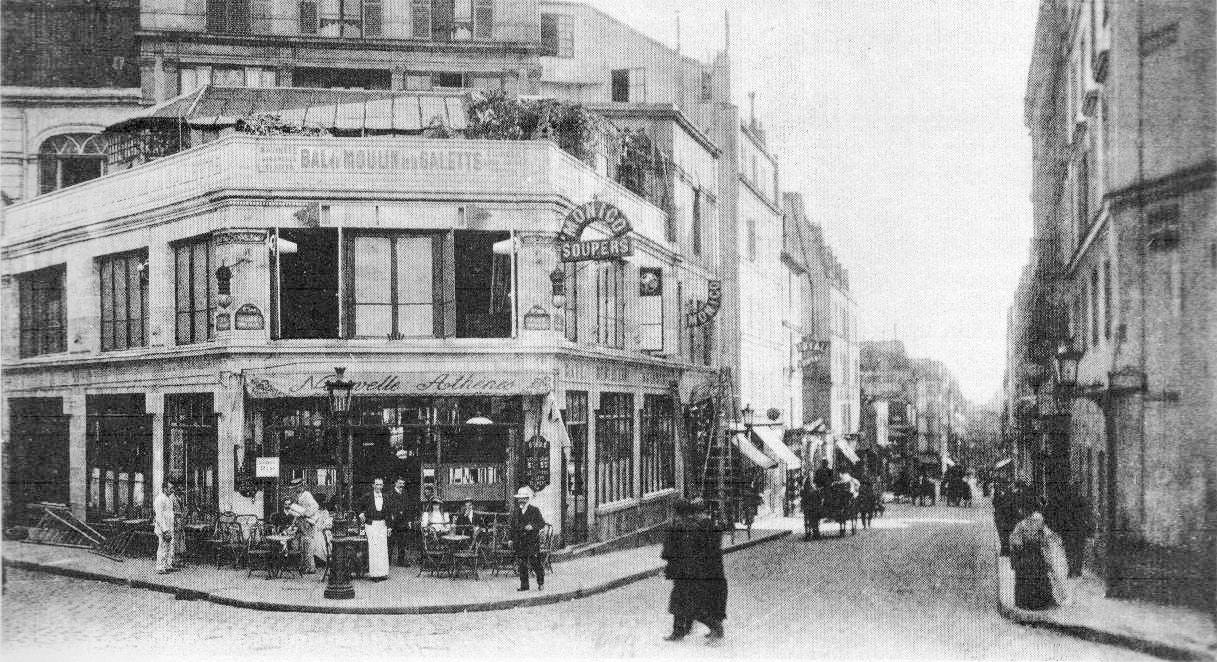
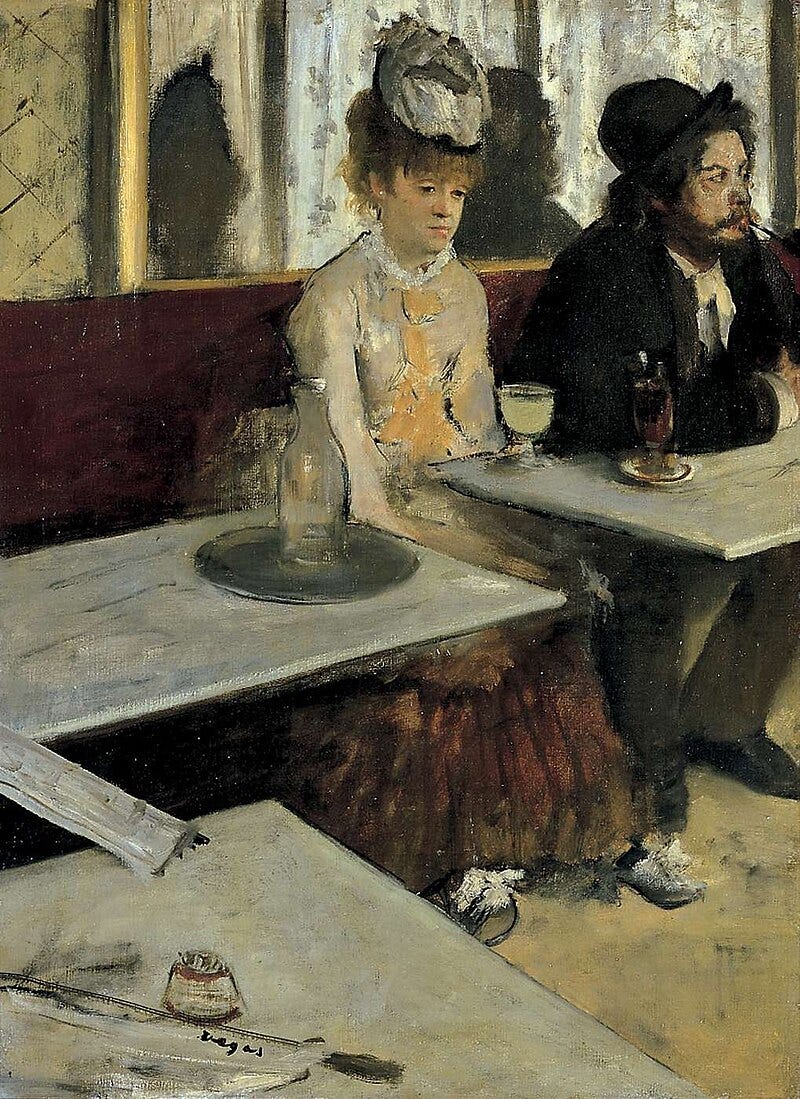

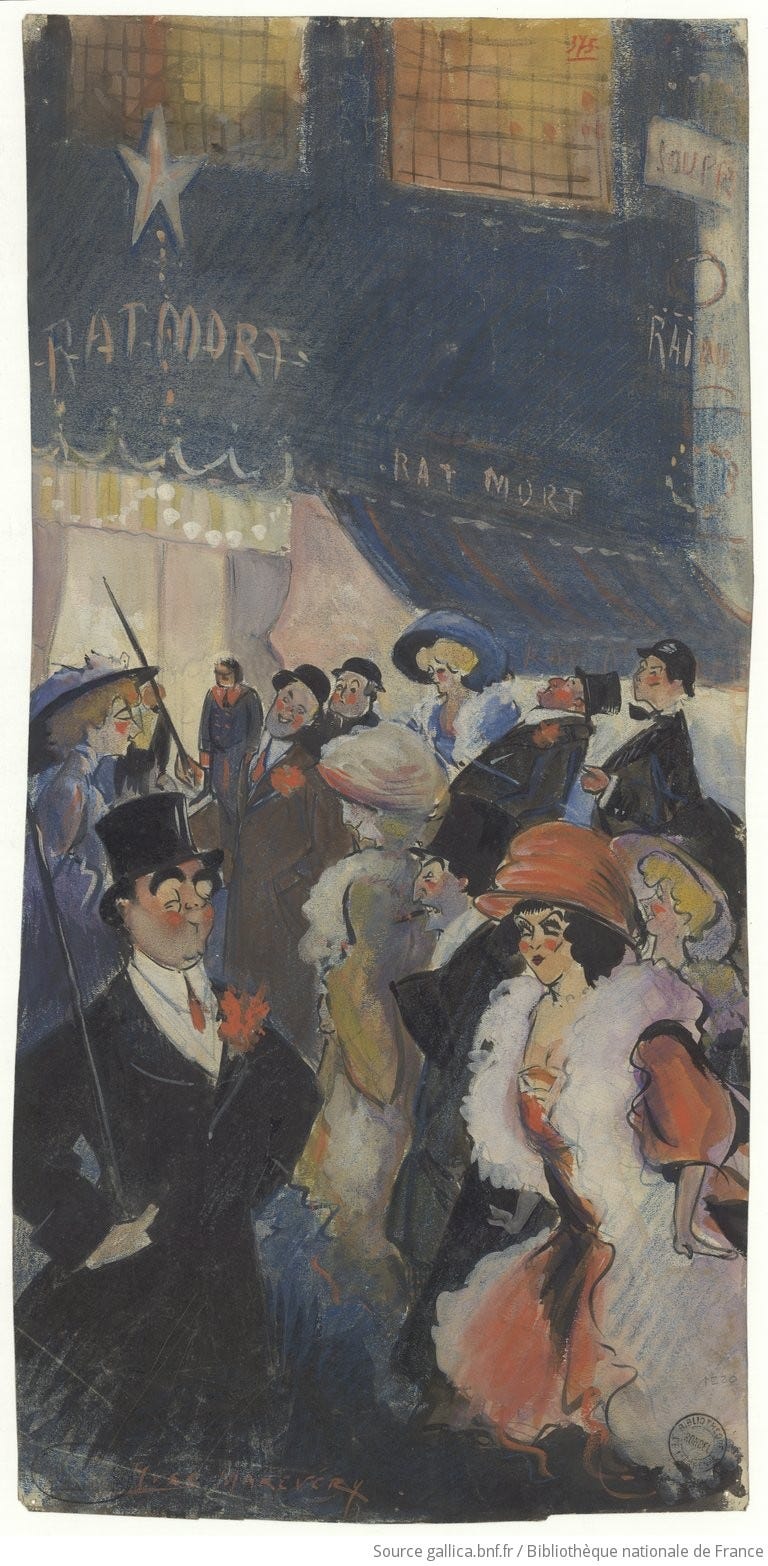
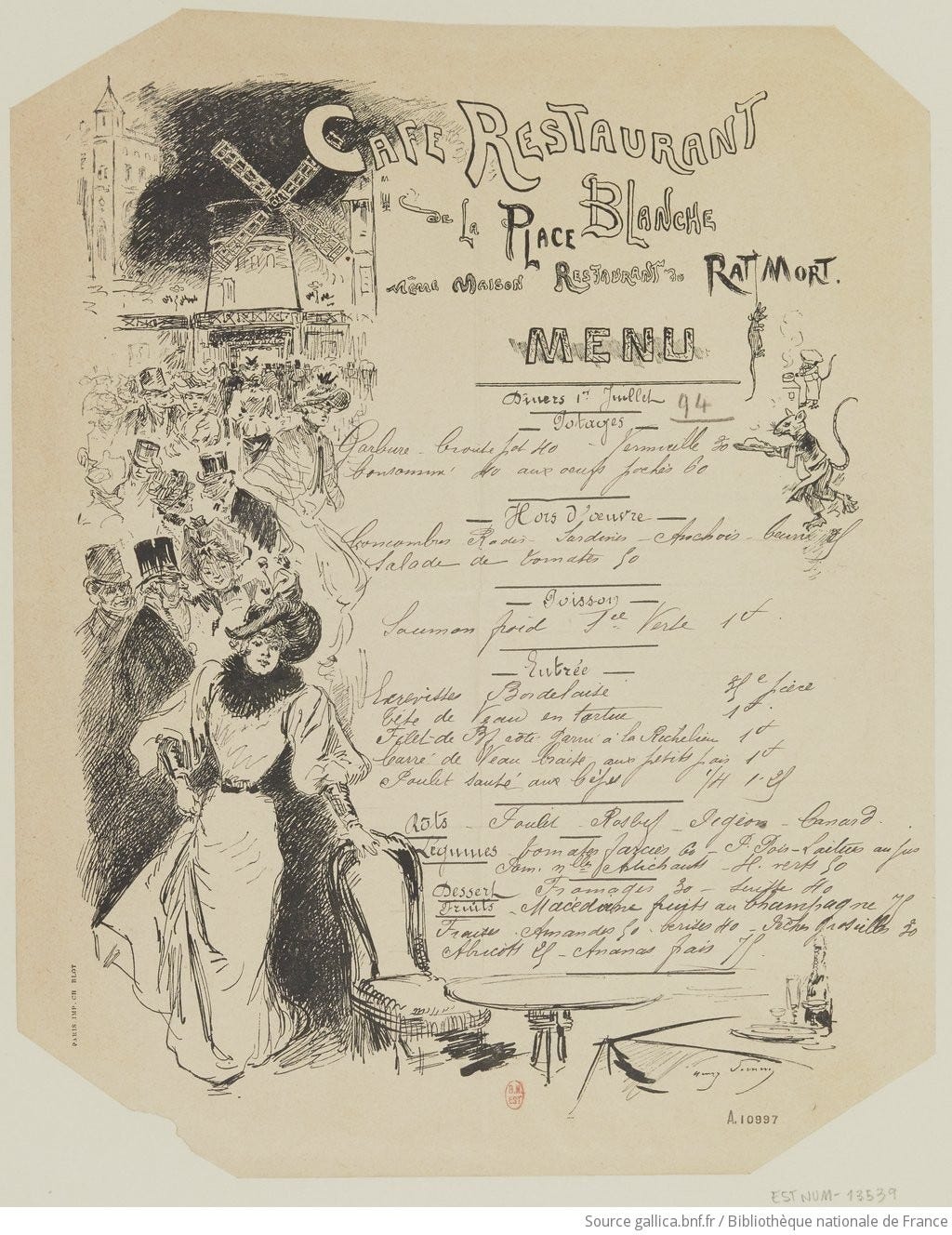
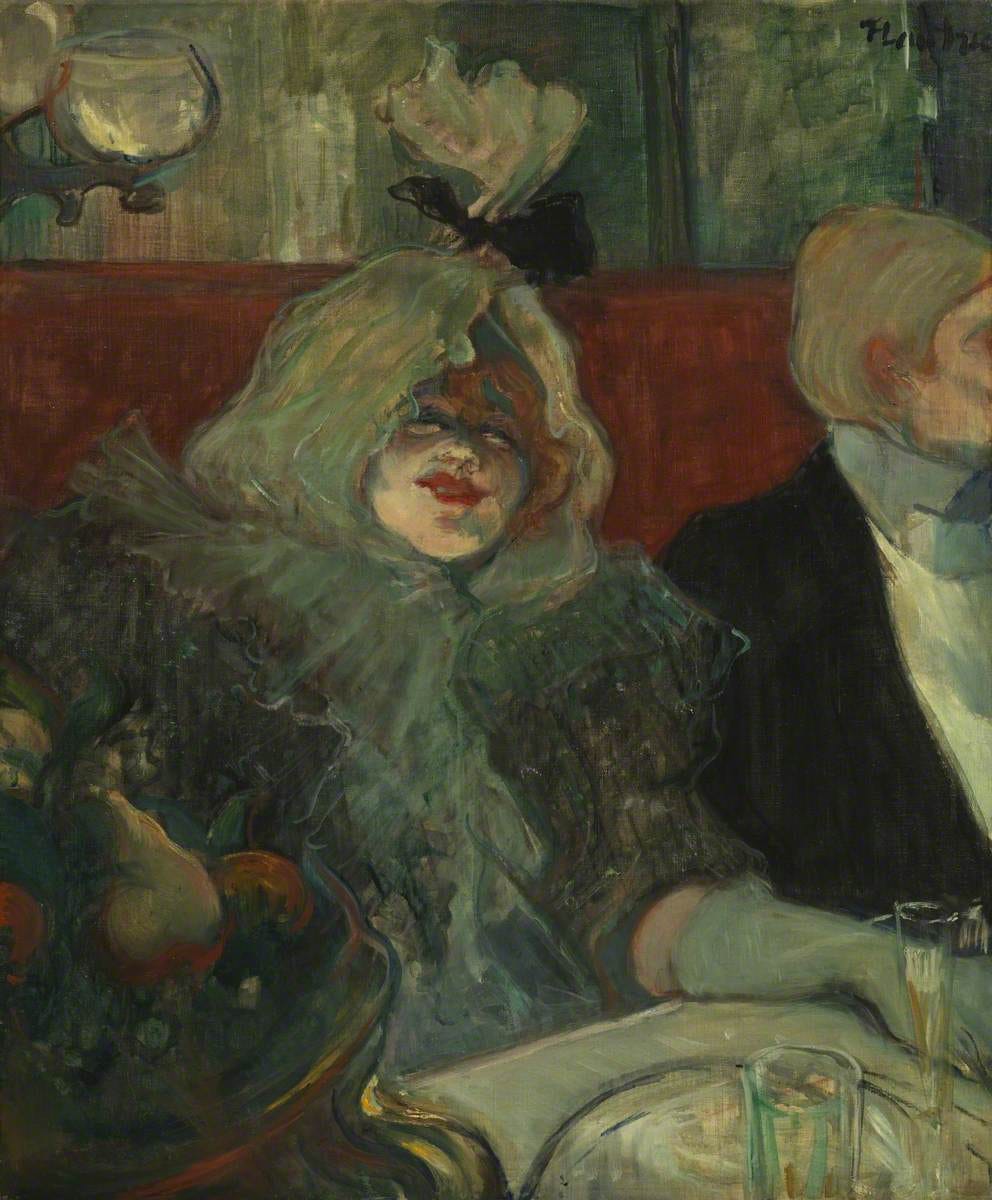
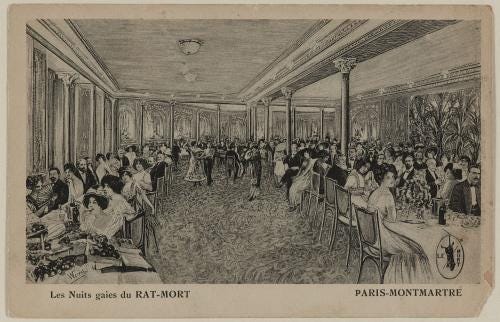
Great piece! Colette even coined the phrase "a very Rat-Mort elegance" to describe a music hall performer who was an an attractively thin, androgynous woman with short hair, wearing a man's felt hat, a straight skirt, and who smoked. This was a trendy lesbian look in the early 1900s.
Nice job capturing the essence of that time and place in history!